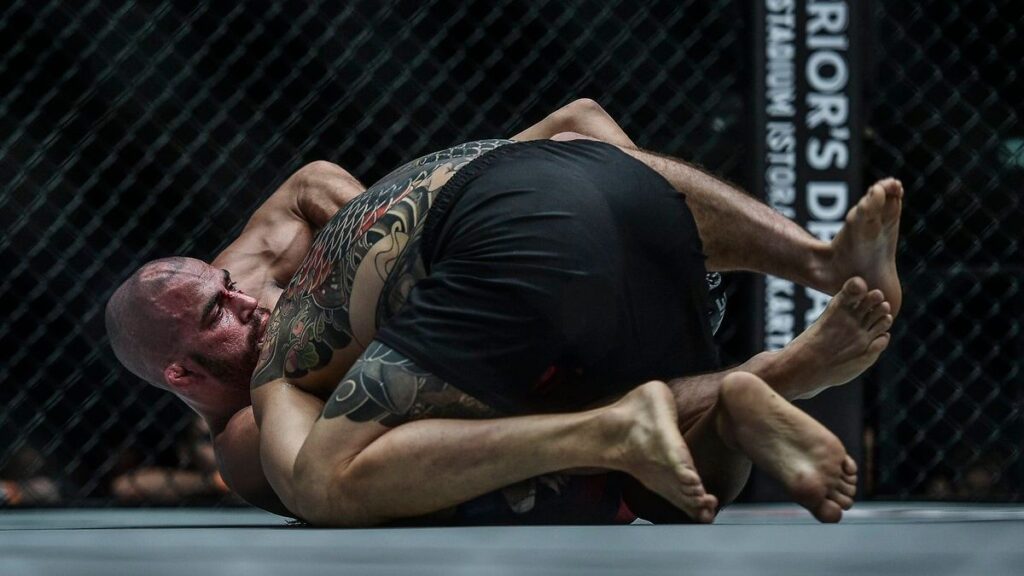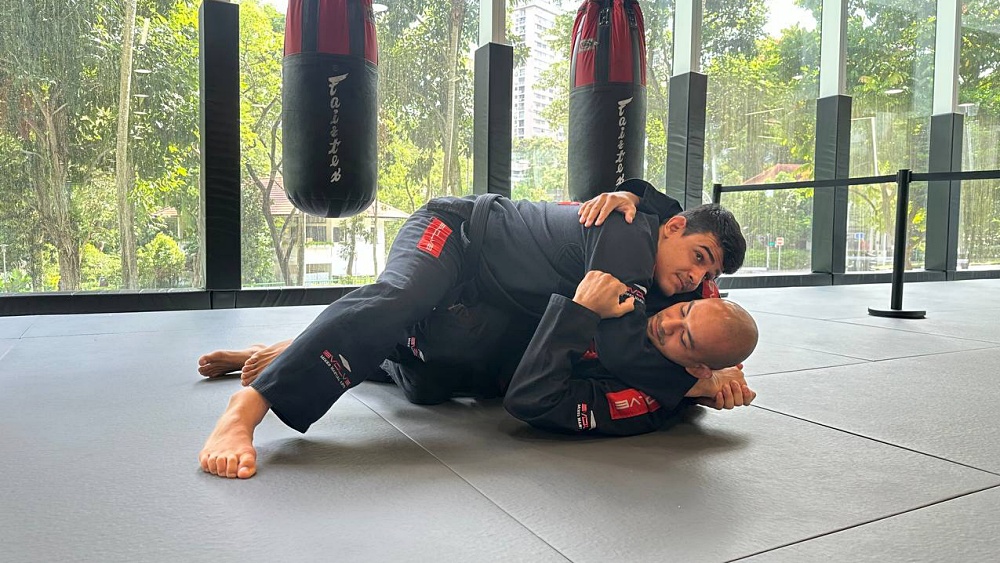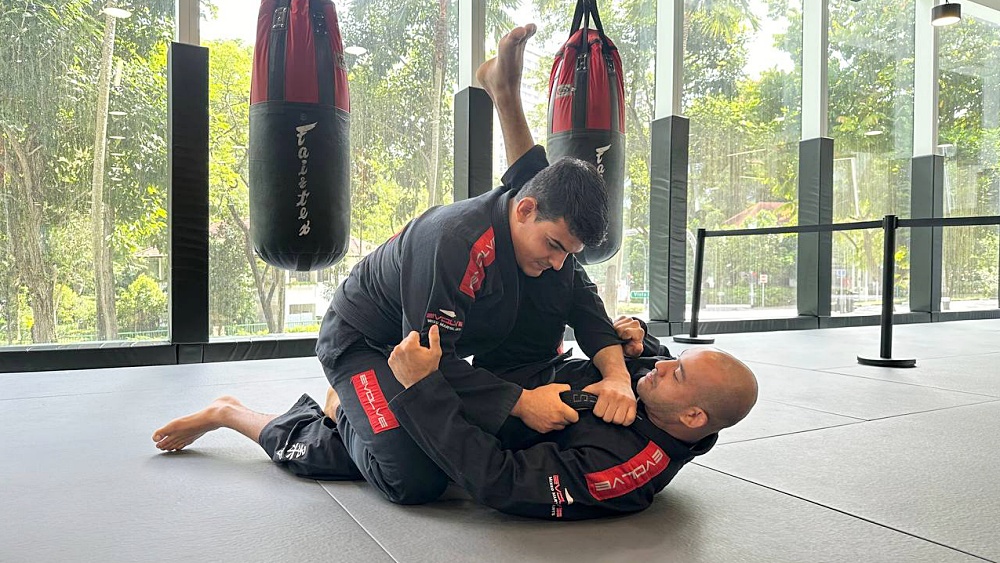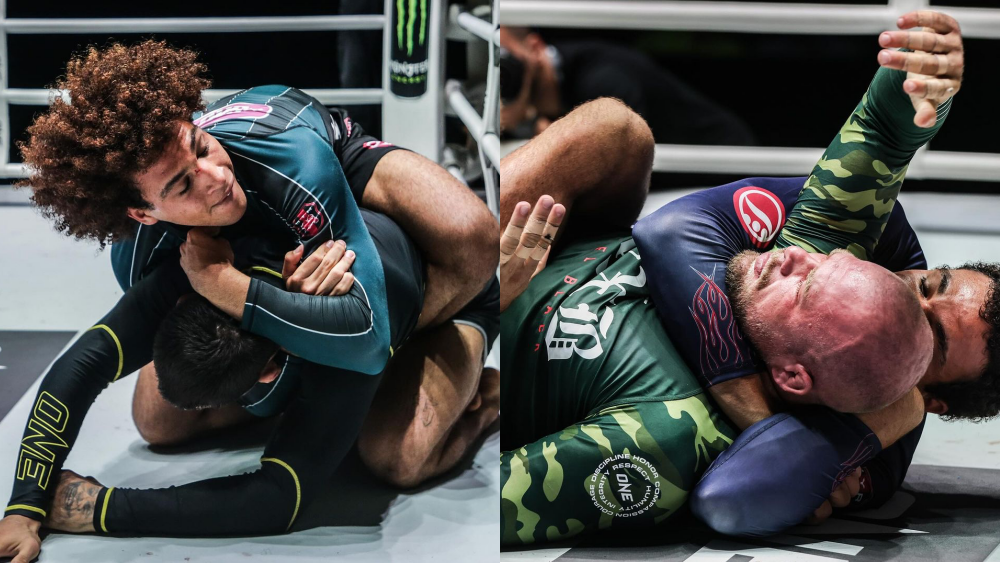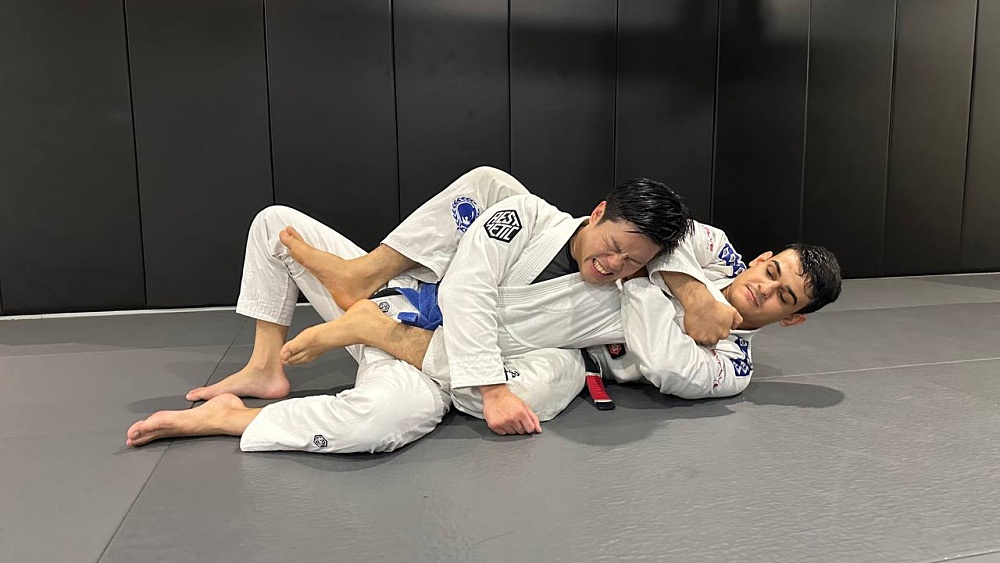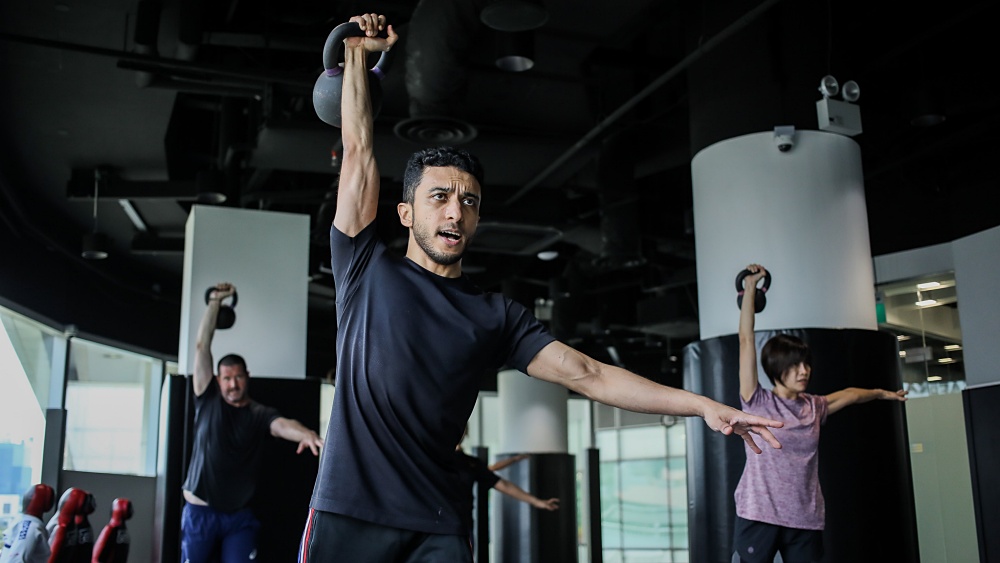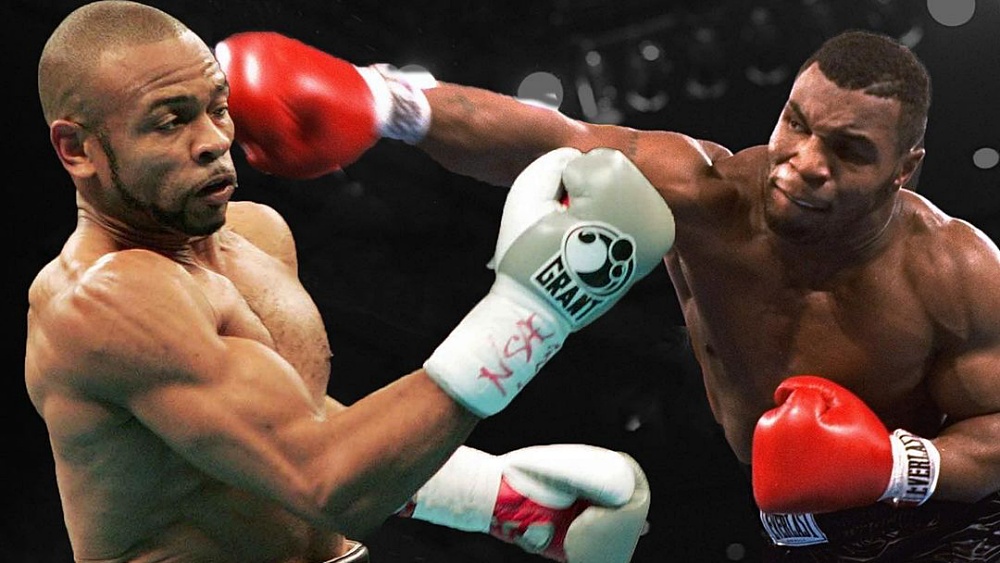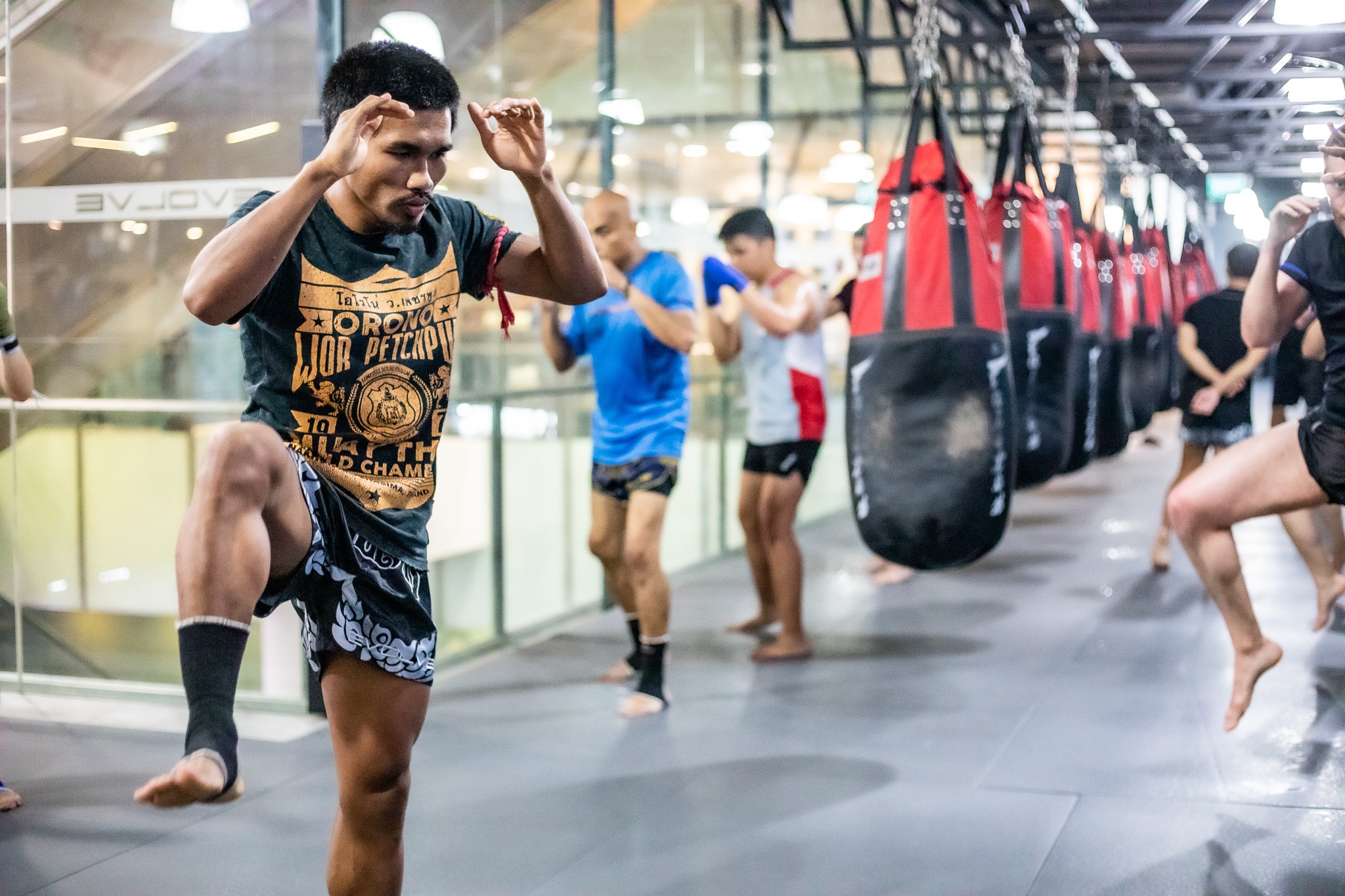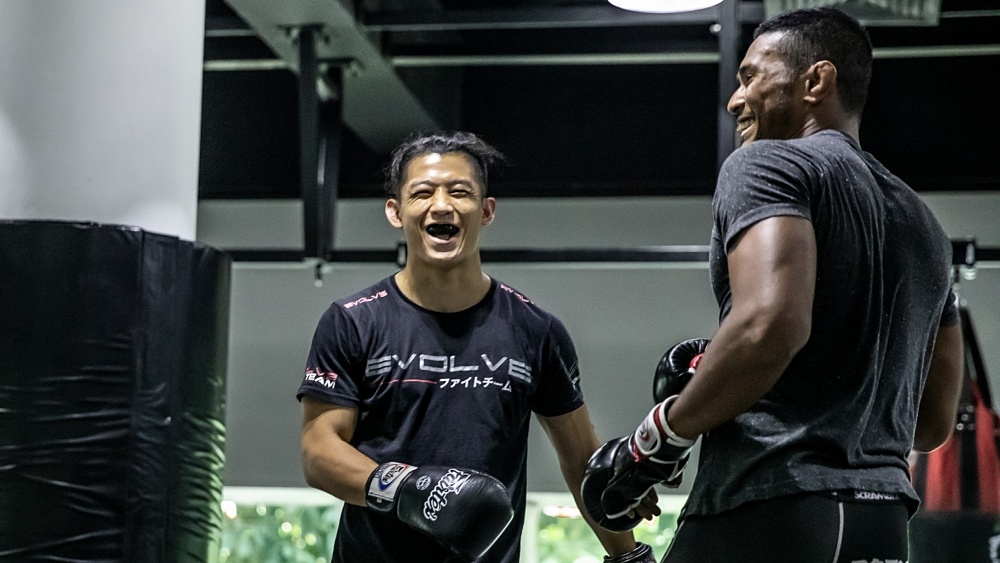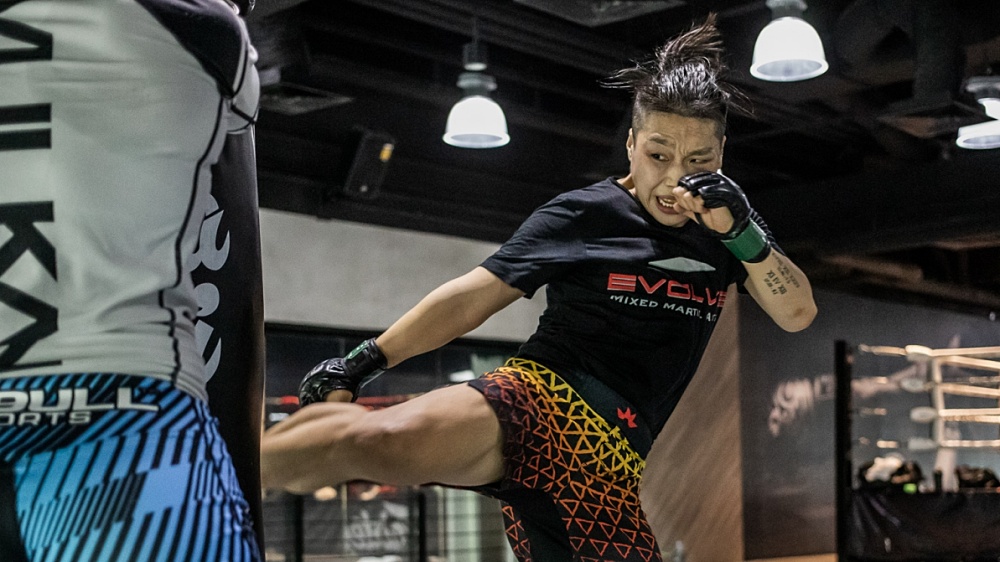While the sporting aspects of Brazilian Jiu-Jitsu (BJJ) are a lot of fun, it is important to remember that at its core BJJ is a method of protecting yourself in a self-defense situation. It is important to recognize that there are differences between how one should grapple in a sporting scenario and how one should grappling in a real-life fight. In order to highlight some of these necessary differences, we have put together a list of the best submissions to utilize if you ever find yourself in a self-defense situation.
1) Guillotine Choke
While it is true that the majority of fights, whether in a cage or on the street, will eventually go to the ground, it is also true that an even higher percentage of engagements start on the feet. This is where our first submission comes in.
Often dismissed as a “strong guy move”, the guillotine choke is no stranger to being misunderstood. Just because it can be utilized effectively by even the most inexperienced grapplers doesn’t mean that the more experienced should forego it. The Guillotine Choke is an incredibly powerful stranglehold that has seen widespread success in mixed martial arts, Brazilian Jiu-Jitsu, and self-defense situations. This success is not due to a size advantage in those who implement it, but rather a fundamental understanding of the hold’s mechanics.
Due to the increased popularity of MMA, it is becoming increasingly likely that if you are to be attacked on the street, your assailant is familiar with the grappling aspects of fighting. If they are going to try to take you down, you will have to be prepared. This is why the Guillotine Choke is so important. If someone is attempting to attack with a shoddy double or single leg takedown, you are in the perfect position to initiate a Guillotine and end the fight quickly. It should be noted that the guillotine does not require you to fall back into your guard. It can be applied while standing, keeping the fight on the feet and you off of your back. Remember, while it may seem like it is only effective if it is being applied by a bigger, stronger individual, athletes like Uriah Faber and Marcelo Garcia have shown that if applied correctly the Guillotine Choke can be equally effective from a smaller individual.
2) Americana Shoulder Lock
While the age-old Brazilian Jiu-Jitsu adage of “position before submission” rings true in pure grappling competition it is even more important in a self-defense situation. While you will learn how to properly defend yourself off of your back in the course of your BJJ training, that does not mean that you should be complicit in being there. If you obtain a dominant position such as mount or side control, you should do everything in your power to stay in that position, especially if you are in a self-defense situation. This is why the Americana shoulder lock is on our list of must-know submissions for self-defense.
While there are plenty of good submission options from the mount or side control position, the best ones are those that do not force you to sacrifice the dominant position in pursuit of the hold, such as the Americana. The Americana is implemented by pinning the assailant’s wrist to the ground and threading your other hand behind the opponent’s bicep, grabbing your own wrist. From here you can apply torque on the shoulder, forcing the victim to submit. At no point does this submission require you to abandon the top position, or even dismount. This way if the submission attempt fails, you are still in the much coveted dominant position, allowing you to throw strikes, try another submission, or just hold the attacker down and wait for assistance.
3) Armbar
When it comes to self-defense, there is no submission hold more versatile than the armbar. While there is a tendency to disregard the “basic” moves in Brazilian Jiu-Jitsu as only valuable to beginners, the armbar is proof that this thought couldn’t be further from the truth. Extremely prevalent in both pure BJJ and MMA competition, the armbar has practical applications that extend far beyond the sporting realm and into the scope of self-defense.
There are two situations in which an armbar could be applied while defending yourself, either when you are on top in a mount position, or on your back in the guard. Applying the armbar from both positions should be practiced vigorously as they are mechanically differential.
From the mount position, the armbar will come into play when the bad guy extends both of his arms in an attempt to “bench press” you off of him. As the objective of an armbar is to straighten the assailant’s arm and then hyperextend it, for them to extend the arm voluntarily is a gift. It is important to note that in this scenario the armbar does not have to be pursued immediately. If the person who attacked you has a significant weight and power advantage, it could be beneficial to stay in the mount position and apply punishing ground and pound to wear them out before moving onto the submission hold.
The second scenario in which an armbar would be effective, and necessary, is when you are on your back with an assailant on top of you and they start reaching their arms up towards your head. There are a few reasons why they would be doing this, all of them nefarious. Likely they are attempting to gauge eyes, hold you in an attempt to land strikes, or wrap their hands around your neck in an attempt to strangle you. As previously stated, once the assailant has extended his arm, that is the perfect time to initiate an armbar attempt. In this situation, the assailant is attempting to inflict damage or strangle you, so it is imperative to move quickly, counterattacking with an armbar to protect yourself.
The thought of a real-world self-defense situation can be a scary thing. While the sport aspect of Brazilian Jiu-Jitsu is spectacularly fun, it is important to remember why the art exists in the first place, as a method of defending yourself from an attack. By learning and perfecting these three submissions, you will have taken the necessary steps to prepare yourself for the worst-case scenario, a real-world confrontation with an attacker.
You may also like:
